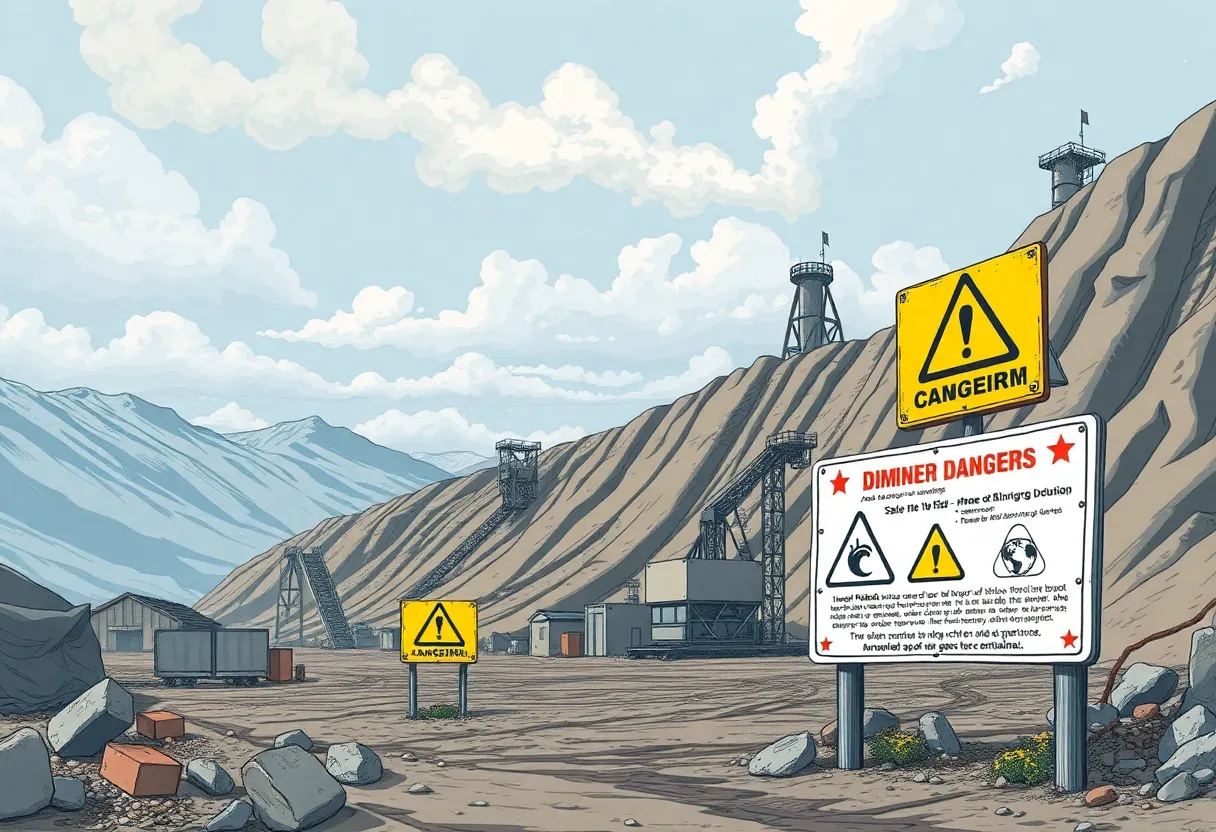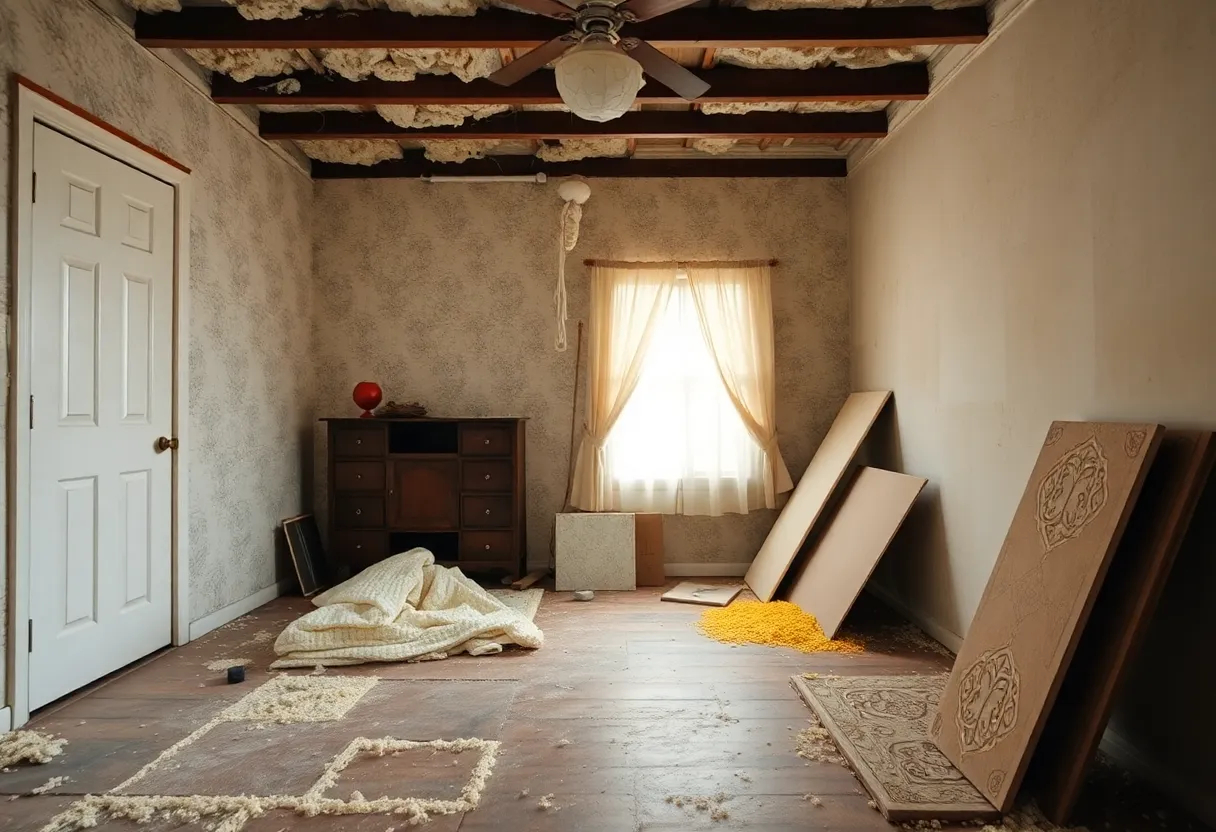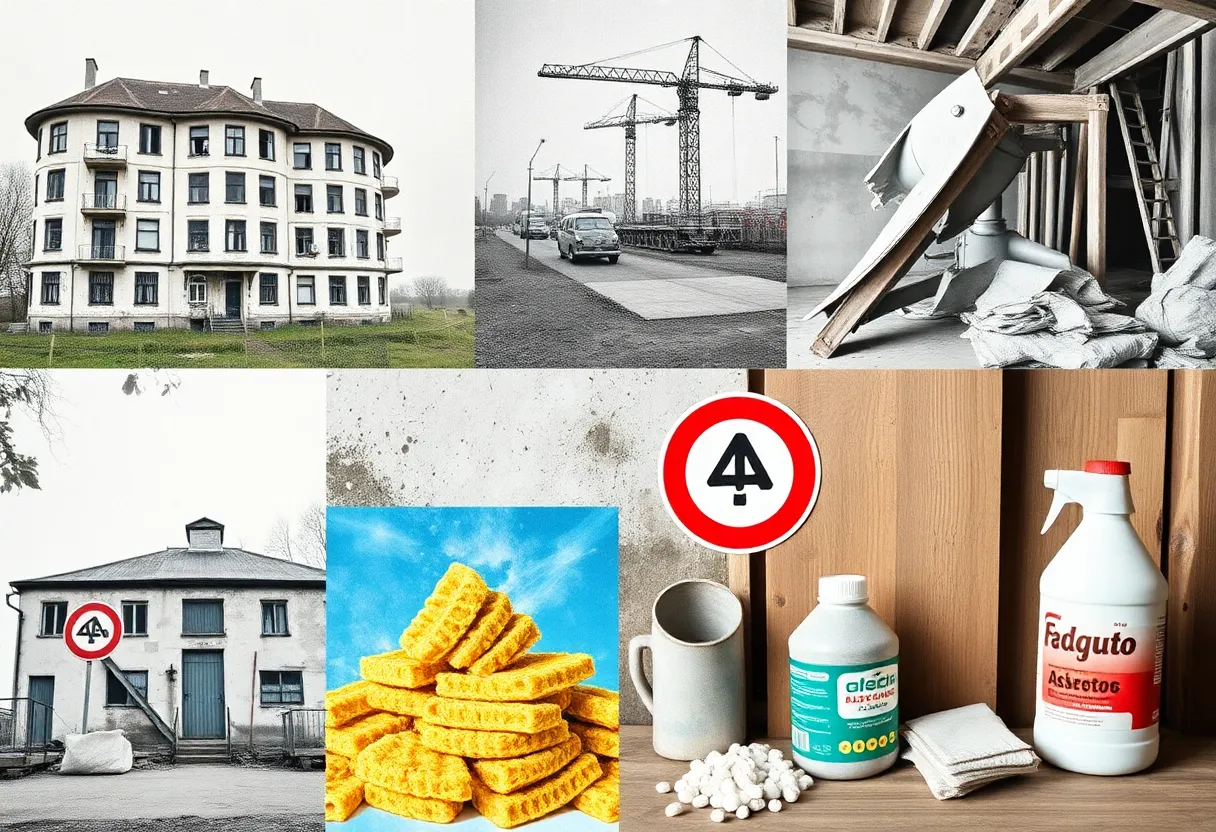News Summary
Asbestos remains a significant public health threat in Central Asia, particularly in Kyrgyzstan, where chrysotile asbestos is mined and poses severe risks. New research reveals alarming levels of asbestos exposure in air and lung tissues, raising concerns over contamination from more dangerous amphibole asbestos. Despite efforts to control its use, 125 million people globally are still exposed, leading to hundreds of thousands of deaths each year. This situation highlights an urgent need for regulatory action and comprehensive health assessments in the region.
The Hidden Dangers of Asbestos in Central Asia: A Growing Public Health Concern
Asbestos has long been a recognized public health problem globally, with its dangerous fibers responsible for a myriad of health issues, including mesothelioma and lung cancer. Despite a clear understanding of its risks, chrysotile asbestos continues to be mined and utilized in certain regions, particularly in Central Asia. This mineral is often marketed as a safer alternative to more harmful forms of asbestos, known as amphibole asbestos, though recent studies raise serious questions about this assertion.
The State of Asbestos Mining in Central Asia
Despite 72 countries having instituted bans on asbestos, mining operations persist in several nations, including Kyrgyzstan. The chrysotile asbestos used in the country is predominantly extracted for the production of various construction materials. The two chrysotile-cement plants in Kyrgyzstan, operational since 1967 and 2013, play a significant role in this continued demand. The local mining industry touts its product as less hazardous, a claim that remains controversial in light of the newest research findings.
New Research Uncovers Concerning Asbestos Levels
Recent investigations focused on understanding the implications of asbestos exposure in Kyrgyzstan, particularly around Bishkek and Kant, where air pollution levels from chrysotile asbestos were alarming. Samples taken over four days in July 2023 revealed that Kant exhibited heavy air pollution levels of 30.2 fibers per liter (ff/L), significantly higher than the levels detected in Bishkek. This disparity is linked to the geographical proximity to the asbestos plants and underscores a severe environmental health risk.
Lung Tissue Analysis Reveals Alarming Findings
A diverse array of air and lung tissue samples were meticulously analyzed using advanced techniques such as scanning electron microscopy (SEM), energy dispersive spectroscopy (EDS), and transmission electron microscopy (TEM). Not only was chrysotile asbestos detected in the population’s lung tissues, but elements of amphibole asbestos, including tremolite and actinolite, surfaced, indicating possible contamination from both environmental exposure and the use of asbestos-containing materials.
The presence of harmful amphibole asbestos raises new concerns, as these types of fibers are significantly more dangerous and are associated with a higher risk of diseases compared to their serpentine chrysotile counterparts. Therefore, the occurrence of these potent fibers in the lung tissues of individuals could lead to heightened health risks among the general population.
The Global Impact of Asbestos Exposure
Globally, over 125 million people are exposed to asbestos, contributing to an estimated 255,000 deaths annually resulting from diseases related to this mineral. The persistent existence of asbestos-containing materials within buildings, even in countries that have banned its use, suggests that the issue is far from resolved. Such a significant number of fatalities highlights the ongoing public health crisis regarding asbestos.
A Call for Regulatory Action
Amidst this evolving scenario in Central Asia, there is a pressing need for better regulation regarding the production and use of asbestos. The findings from this study emphasize the importance of understanding the full scope of asbestos exposure in the region, suggesting an urgent requirement for systematic evaluations of air quality and health risk assessments for communities located near mining and manufacturing sites.
The ongoing debate surrounding the relative safety of chrysotile asbestos must be informed by comprehensive research that examines its implications thoroughly. While claims of its lower hazards continue to circulate, the data linking even chrysotile exposure to serious diseases such as mesothelioma is mounting, demanding immediate attention from health organizations and policy-makers alike.
Conclusion
As Central Asia grapples with its asbestos problem, the health of its population hangs in the balance. Continued vigilance and dedicated research are essential as we strive to mitigate the risks associated with this hazardous mineral. Without concerted efforts to regulate its use effectively, the region may face escalating health crises related to ongoing exposure.
Deeper Dive: News & Info About This Topic
HERE Resources
Controversial Eleventh Night Bonfire Ignites Amid Health Warnings
Health Concerns Surround Eleventh Night Bonfires in Northern Ireland
Public Health Advocates Rally Against Asbestos Reconsideration
Asbestos Discovery at Loyalist Bonfire Site Sparks Safety Concerns
Bonfire Ignites Controversy over Asbestos Site in Belfast
New Regulations Signal End of Chrysotile Asbestos Use
Controversial Northern Ireland Bonfire Ignites Amid Asbestos Warnings
Blue Lights Illuminate Action Mesothelioma Day at Acorn Analytical Services
Family Seeks Answers After Bruce Cook’s Mesothelioma Diagnosis
Asbestos Risks Haunting Home Buyers: What You Need to Know



















